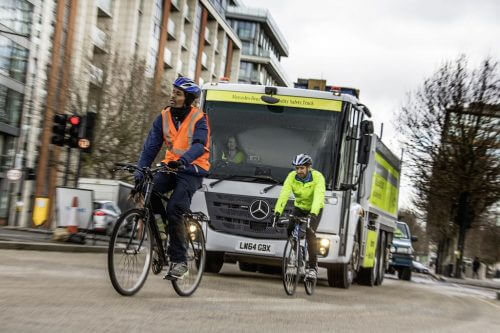
Our coaching insider highlights the challenge facing the haulage industry in London following new proposals to introduce a Direct Vision Standard
As usual, London presents a unique set of operating circumstances for commercial vehicles, as it does for other vehicles, and what requirements are introduced to deal with that generally become the standard that sooner or later is applied in other major UK cities. It is fair to say that the powers that be in the likes of Birmingham, Leeds and Manchester will have copious meetings about proposed regulations that will have already been discussed at the capital’s City Hall.[…]
By subscribing you will benefit from:
- Operator & Supplier Profiles
- Face-to-Face Interviews
- Lastest News
- Test Drives and Reviews
- Legal Updates
- Route Focus
- Industry Insider Opinions
- Passenger Perspective
- Vehicle Launches
- and much more!


